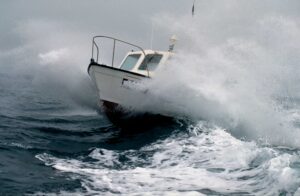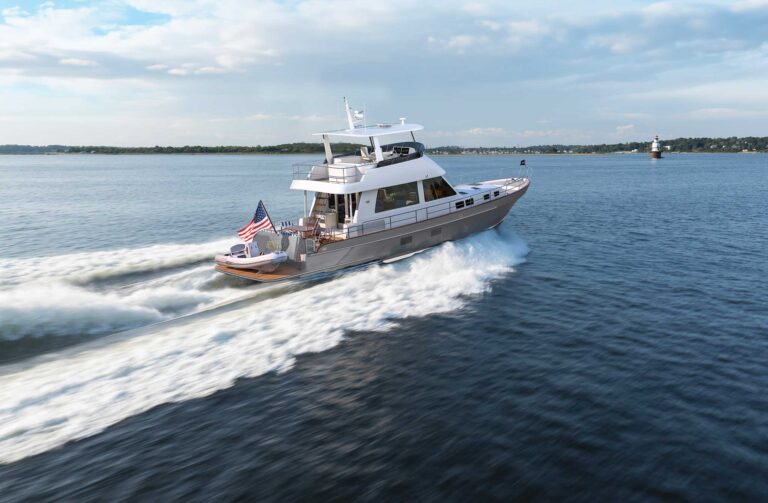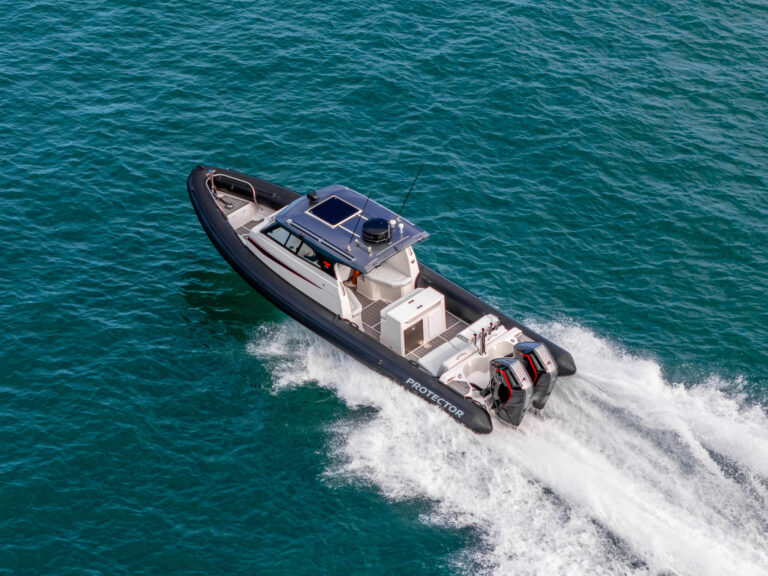
Between uber-cool tech and uber-uncool changes in the environment, one thing is for sure: You simply can’t fish like you did in the past. At least, not if you want to be a successful angler.
It seems like every year, there are new tactics and gear to adopt. Fish that used to be here pop up way over there. And if you keep trying the same old same old, you’re likely to wonder how those inexperienced young guns seem to outfish you day after day. It’s necessary to bob, weave, change and adapt, no matter how strange a new idea may seem.
Flounder are a great example of a reason to embrace change. Once upon a time, they were thought of mostly as a bay species, but today, the best fishing for fluke up and down the East Coast takes place outside the inlets. Meanwhile, the tried-and-true minnow-squid “sandwich” dragged along the bottom on a Fluke Killer rig is more or less a has-been. Sure, it’ll still catch you some flatties, but truth be told, today’s sharpies go for flavor-impregnated plastics. Whether that means sliding a Gulp! Swimming Mullet onto the hook of a Fluke Killer, or loading up a jig head with a Jerk Shad, the fake stuff outfishes live bait with great regularity.

To take full advantage of the fish’s residency on reefs and wrecks, tactics have to be modified as well. Wreck fishing at anchor becomes passé, while drifting alongside the wreckage—but not directly over it, lest you snag all your lines—is de rigueur. And in this
environment with these lures, waiting for the fluke’s tap-tap-tap to become a thump-thump before setting the hook is folly; the moment you feel a strike, swing for the stars.
Swordfish anglers are also living in a new normal. Remember when you only fished for them at night? Hah! Those days are over, as daytime swording has proved possible in all areas up and down the Atlantic Seaboard. Ten years ago, if you’d said you were going fishing for broadbills in broad daylight, the other anglers would have laughed you right off the docks. Today’s new normal does mean gearing up with an electric reel that offers rather epic line capacity in order to get your offering down 1,200 or 1,500 feet. And, true, you will need mass quantities of lead, and you can only work one line at a time. But that’s where we are right now.
Here, too, bait choices have shifted to include artificials. They haven’t quite become dominant over natural baits for daytime swordfishing, but large, soft plastics such as 10-inch Hogys and the like have proved their value for swording with the sun up.
Black sea bass have been having so much fun visiting new places north of their historical range that some anglers call them the poster fish of climate change’s impact on the sea. Sea bass used to be rather rare north of Cape Cod, Massachusetts; they’ve become commonplace up into the Gulf of Maine. Though the shift has plenty of lobstermen worried—like other finfish, black sea bass are perfectly happy to dine on baby lobster—my advice is to take advantage of what you have, where and when you have it. Get some squid strips, tie on a top-and-bottom rig and enjoy the bounty.
Blue catfish also decided to live in a different climate, having expanded their range from a few of the Chesapeake Bay’s tidal rivers to include the majority of the open bay itself. Two years of unusually heavy rainfall has caused the Chesapeake’s salinity levels to plummet (in many portions of the bay, it’s been running between one-third and one-half of historical norms), allowing those fat cats to wander wherever they like. As a result, some striper anglers are advising their friends to bring twice the normal amount of bait when they go chumming, lest they run out before reeling in a striper or two among all the catfish. Meanwhile, a lack of spot (which don’t appreciate the lowered salinity) has caused fleets of boats that used to live-bait with this species to switch to other tactics such as chumming with bunker, or jigging or trolling.

On top of all these examples, sheepshead are being caught in greater numbers year after year in northern areas they didn’t commonly dwell in before; winter Atlantic mackerel runs south of New Jersey are now ancient history; and a Rutgers University study published last year predicted that hundreds of marine species off the North American coast are likely to shift their geographic distribution.
As these changes have been taking place, the tools at our disposal have been evolving at a breakneck pace. We’ve enjoyed the development of artificial lures that taste and smell like the real thing; we’ve adopted the use of braid fishing lines that have vastly enhanced strength and sensitivity; we have created prepackaged strip baits that can be stowed in a leaning post for months on end yet still remain fresh; and we haven’t even yet begun a conversation about modern fishfinders.
What does all this boil down to? Fishing the same way you did in the good ol’ days is a dead end. You have to bob, weave and change—just like the fish—to be a successful angler.
This article originally appeared in the November 2019 issue.










